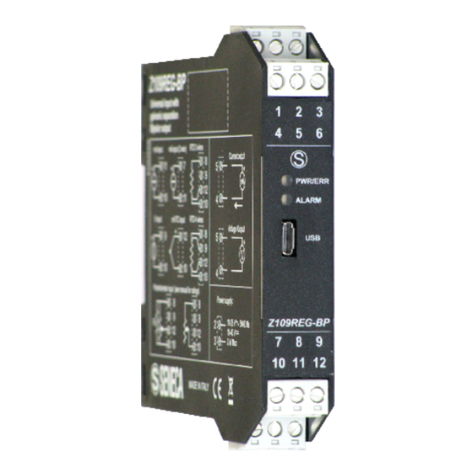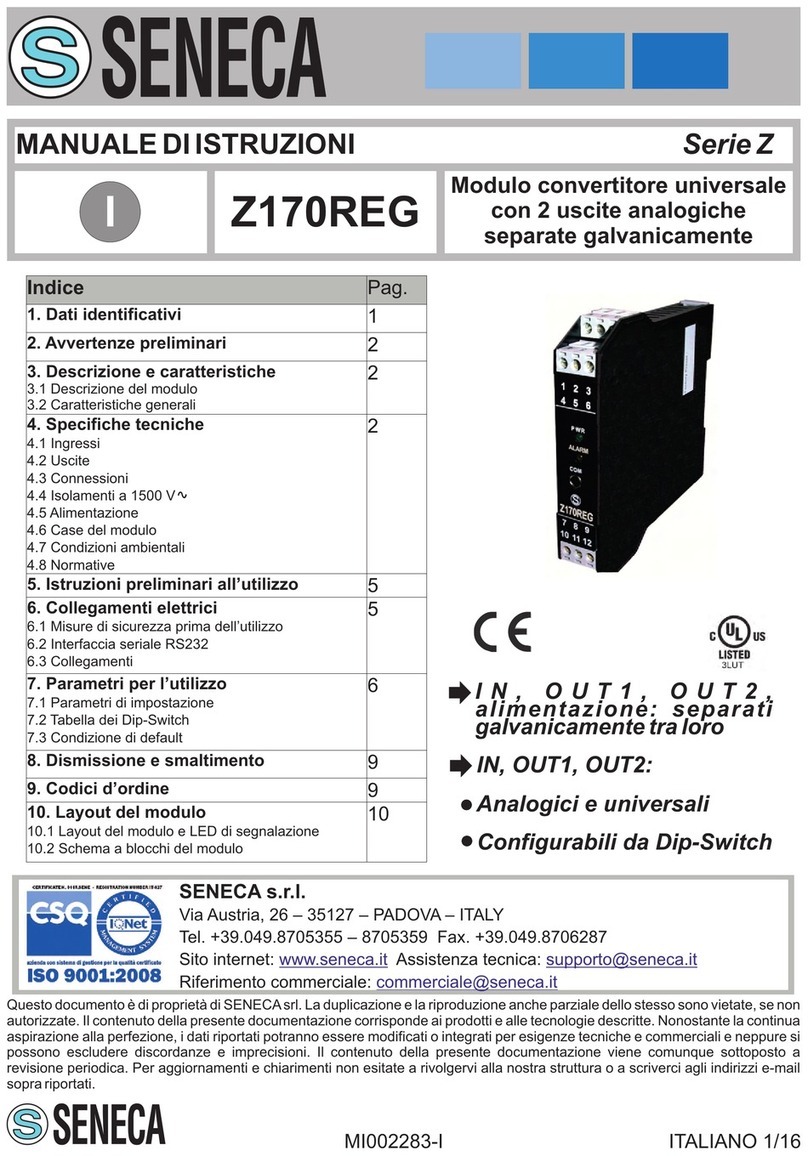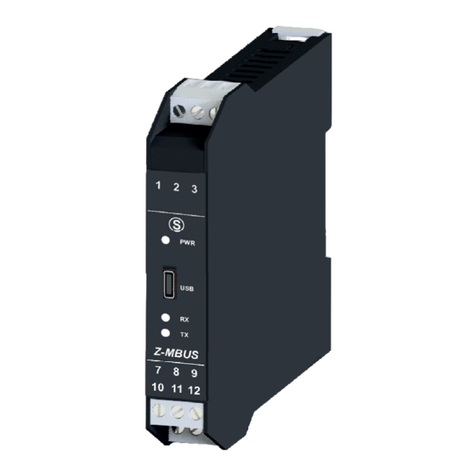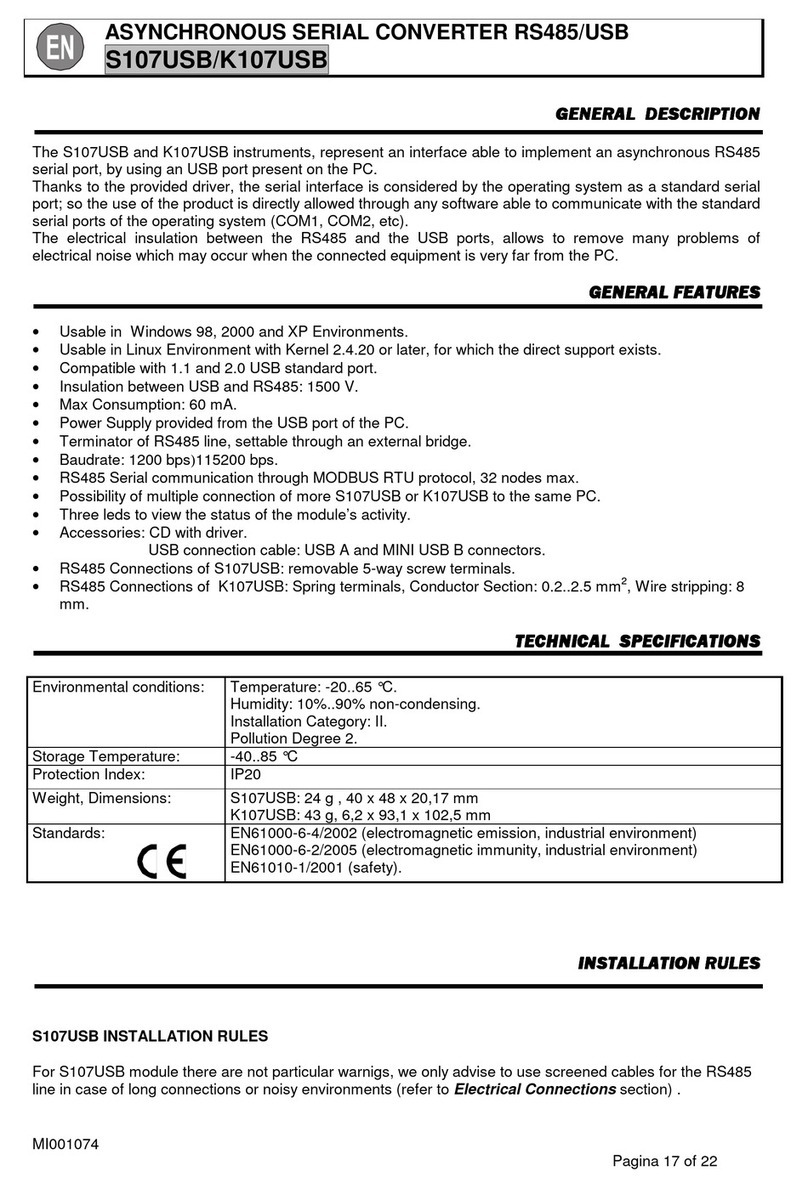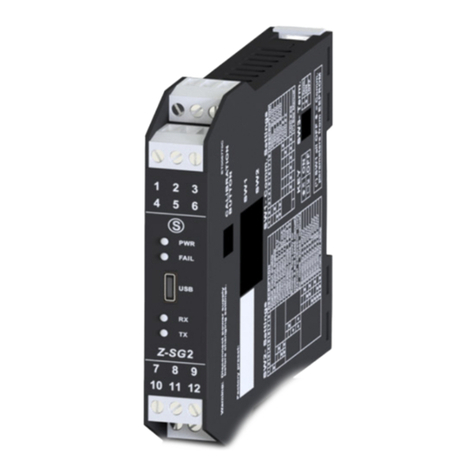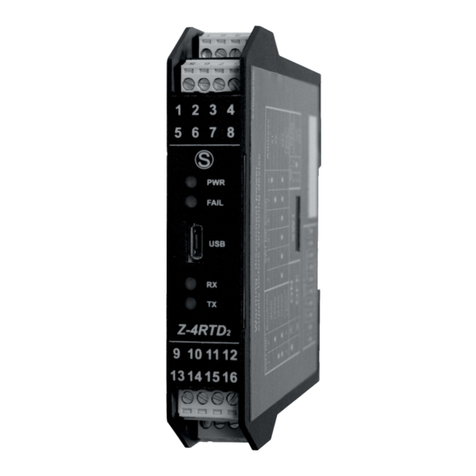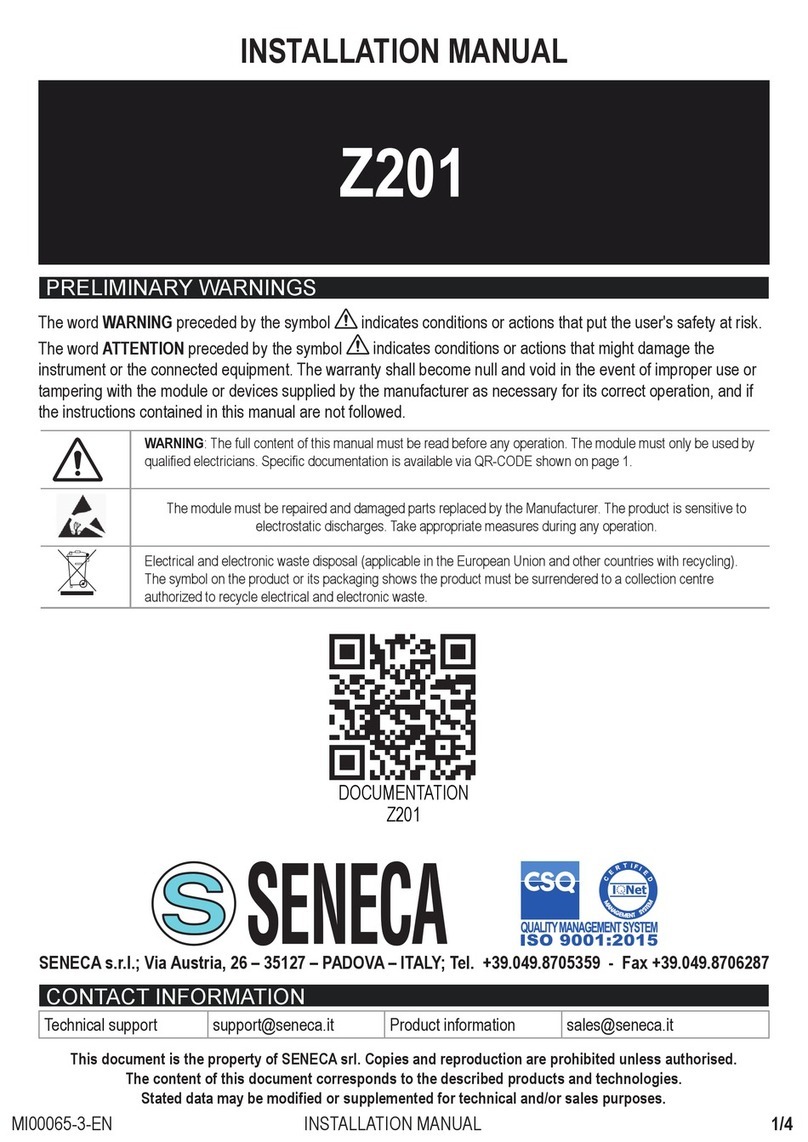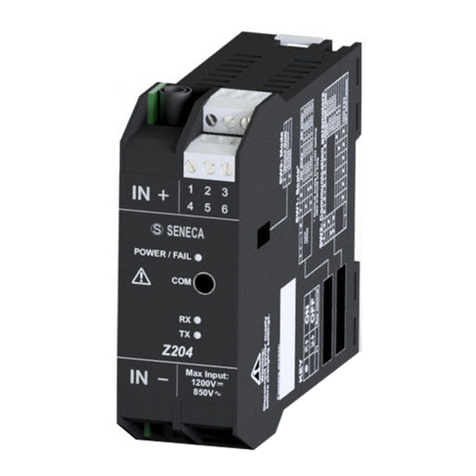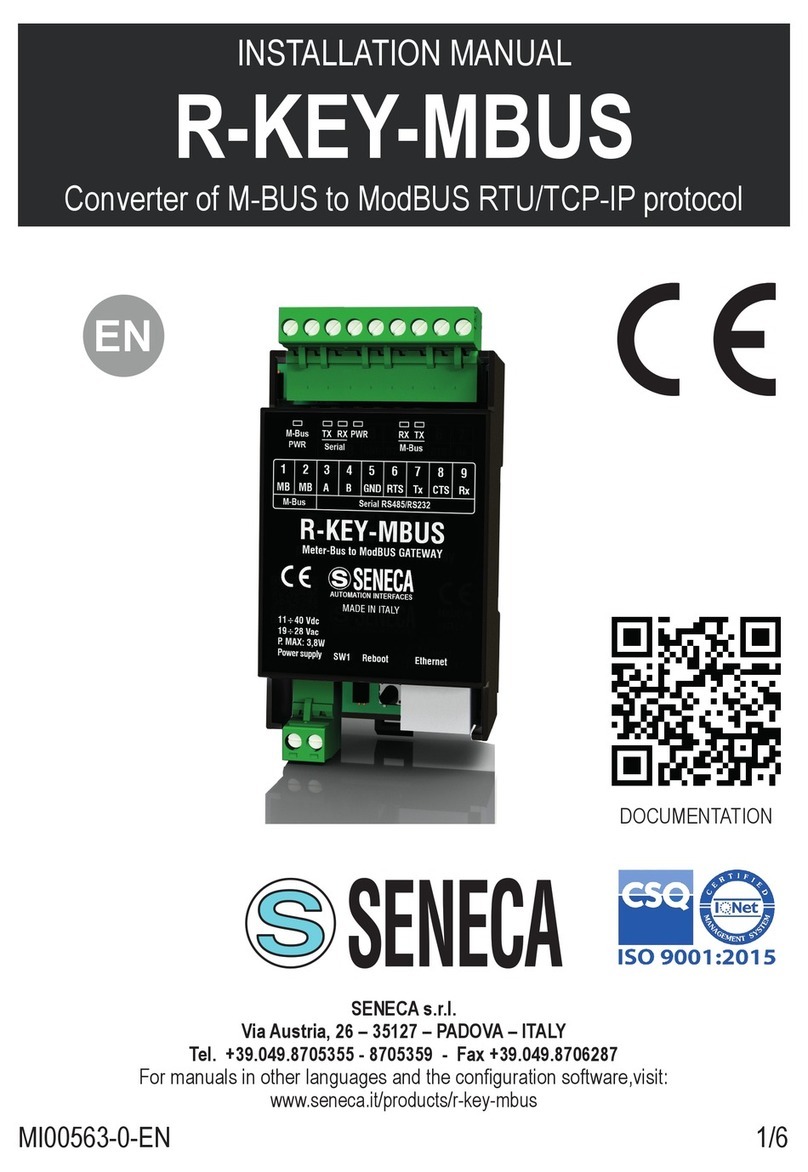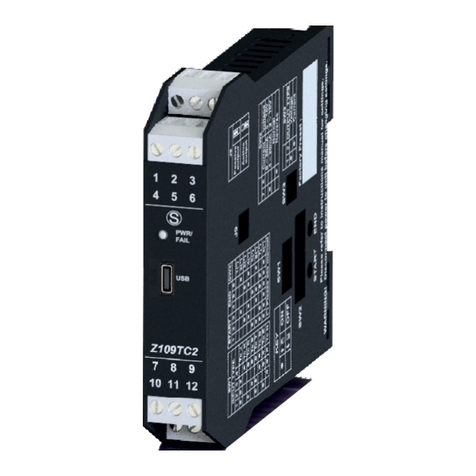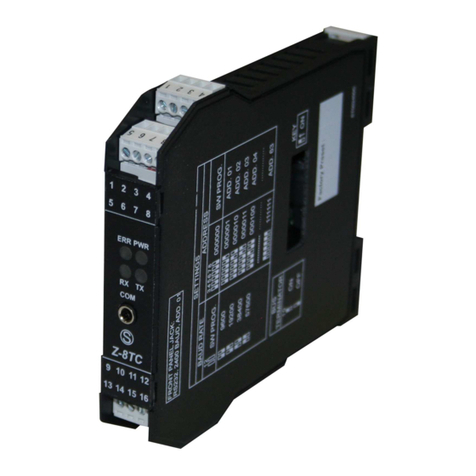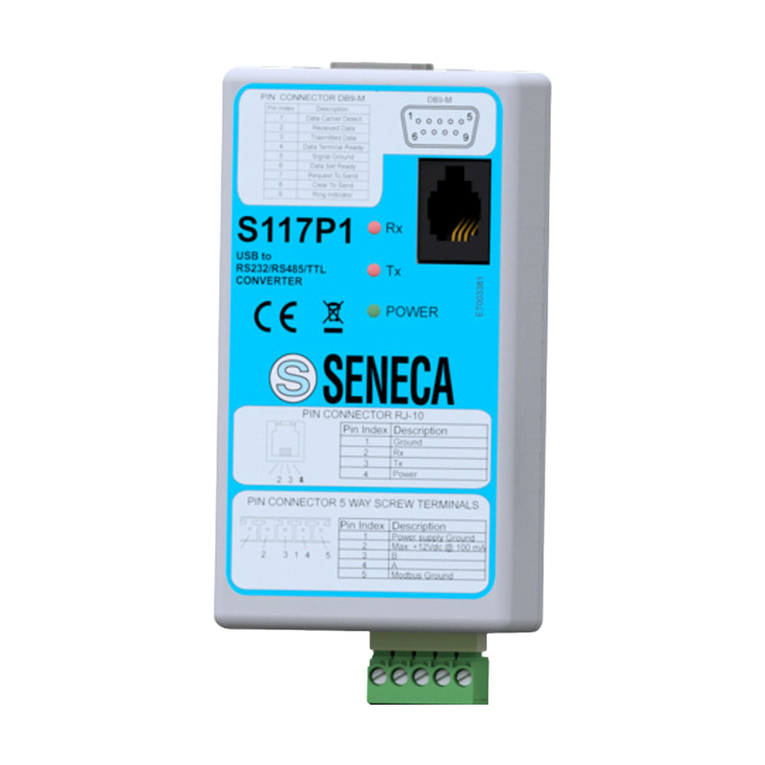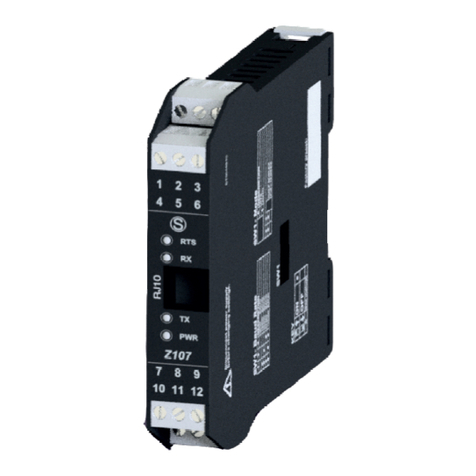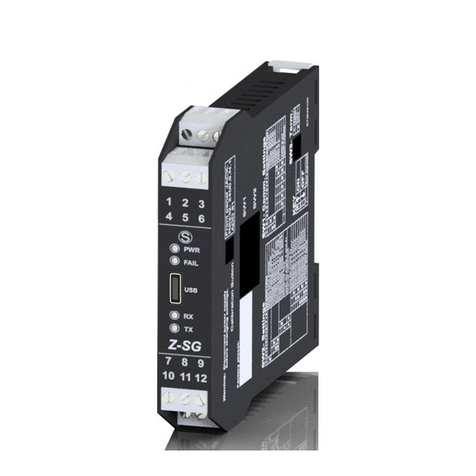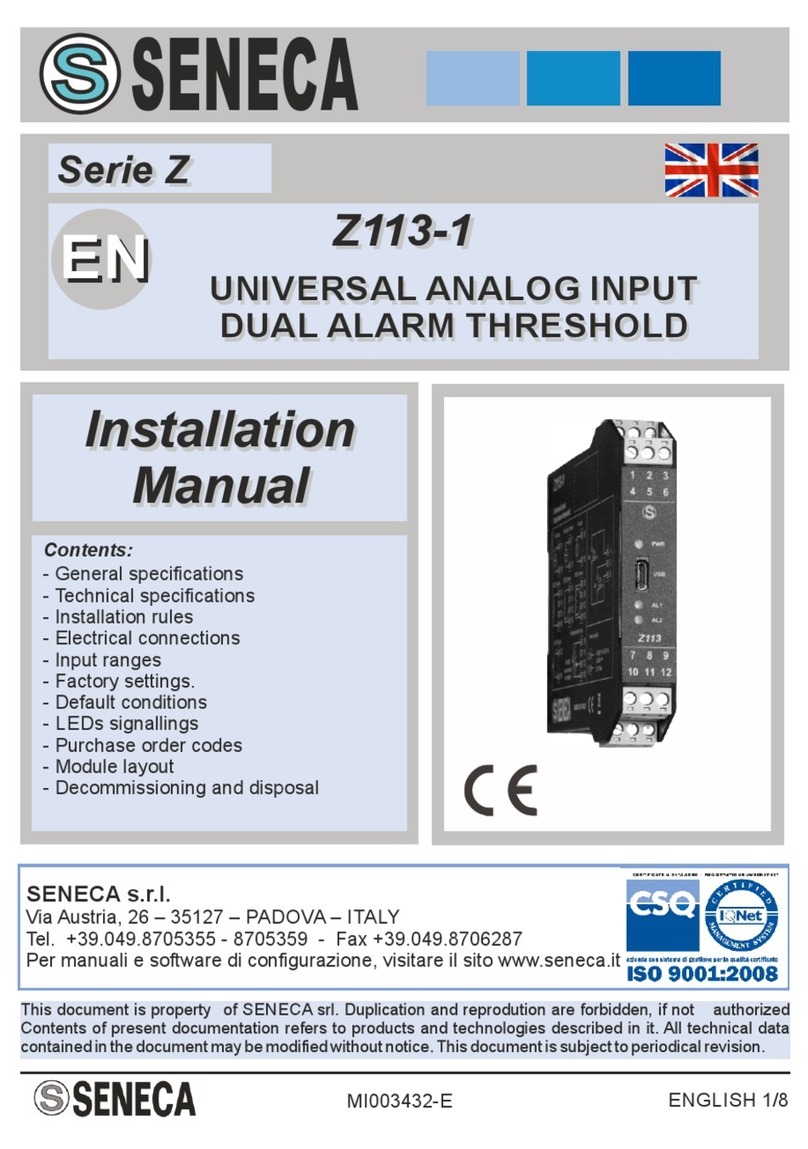
ALL RIGHTS RESERVED. NO PART OF THIS PUBLICATION MAY
BE REPRODUCED WITHOUT PRIOR PERMISSION.
SAMPLE WEIGHT.........................................................................................................................................................22
NOISE FILTER ..............................................................................................................................................................22
FILTER LEVEL ..............................................................................................................................................................23
ADVANCED FILTERING...............................................................................................................................................23
10.2.9.1. NUMBER OF SAMPLES OF THE MOVING AVERAGE...............................................................................................23
10.2.9.2. ADC CHOPPING...........................................................................................................................................................23
10.2.9.3. ADC SPEED..................................................................................................................................................................23
10.2.9.4. NOISE VARIATION IN ADC POINTS ...........................................................................................................................24
10.2.9.5. FILTER RESPONSE SPEED ........................................................................................................................................24
NET WEIGHING RESOLUTION ...................................................................................................................................24
10.2.10.1. MAXIMUM RESOLUTION ........................................................................................................................................24
10.2.10.1. MANUAL...................................................................................................................................................................24
10.2.10.2. AUTOMATIC RESOLUTION ....................................................................................................................................24
DIGITAL INPUT/OUTPUT SELECTION........................................................................................................................25
DIGITAL INPUT CONFIGURATION..............................................................................................................................25
10.2.12.1. ACQUIRES THE TARE ............................................................................................................................................25
10.2.12.2. EXTERNAL DIGITAL INPUT ....................................................................................................................................25
DIGITAL OUTPUT OPERATION MODE.......................................................................................................................25
10.2.13.1. CELL FULL SCALE ..................................................................................................................................................25
10.2.13.2. EXCEEDING THE THRESHOLD AND STABLE WEIGHING ..................................................................................25
10.2.13.3. STABLE WEIGHING ................................................................................................................................................26
10.2.13.4. MODBUS CONTROLLABLE ....................................................................................................................................26
10.2.13.5. EXCEEDED THRESHOLD WITH HYSTERESIS (ALARM) .....................................................................................26
STABLE WEIGHING CONDITION ................................................................................................................................26
10.2.14.1. DELTA WEIGHT.......................................................................................................................................................27
10.2.14.2. DELTA TIME.............................................................................................................................................................27
NET WEIGHING ALARM ..............................................................................................................................................27
HYSTERESIS................................................................................................................................................................27
ANALOGUE OUTPUT TYPE ........................................................................................................................................27
10.2.17.1. VOLTAGE.................................................................................................................................................................27
10.2.17.2. CURRENT ................................................................................................................................................................27
ANALOGUE OUTPUT CONFIGURATION....................................................................................................................28
STATION ADDRESS.....................................................................................................................................................28
BAUD RATE ..................................................................................................................................................................28
PARITY..........................................................................................................................................................................28
DELAY IN REPLYING ...................................................................................................................................................28
SAMPLE WEIGHT.........................................................................................................................................................28
AUTOMATIC TARE TRACKER.....................................................................................................................................28
10.2.24.1. TARE TRACKER ......................................................................................................................................................28
10.2.24.2. ADC VALUE .............................................................................................................................................................28
FLOATING POINT REPRESENTATION OF THE MEASUREMENTS .........................................................................29
10.2.25.1. FIRST PART H THEN L ...........................................................................................................................................29
10.2.25.2. FIRST PART l THEN h .............................................................................................................................................29
DEVICE TEST.........................................................................................................................................................................29
THE DATA LOGGER ....................................................................................................................................................30
CALIBRATION OF THE LOAD CELL WITH THE EASY SETUP SOFTWARE .....30
FACTORY CELL CALIBRATION...........................................................................................................................................30
FACTORY CALIBRATION WITH TARE ACQUISITION FROM THE FIELD ........................................................................31
FACTORY CALIBRATION WITH MANUAL TARE ACQUISITION .......................................................................................31
